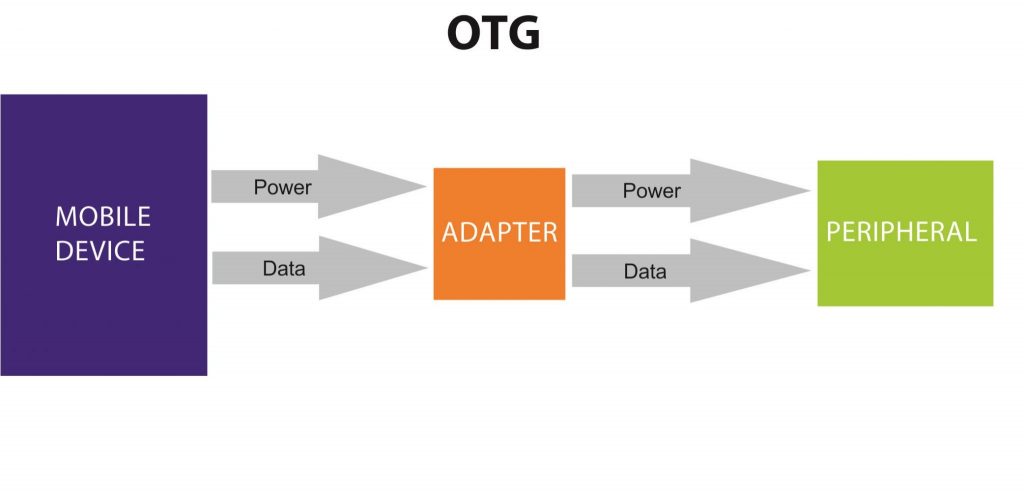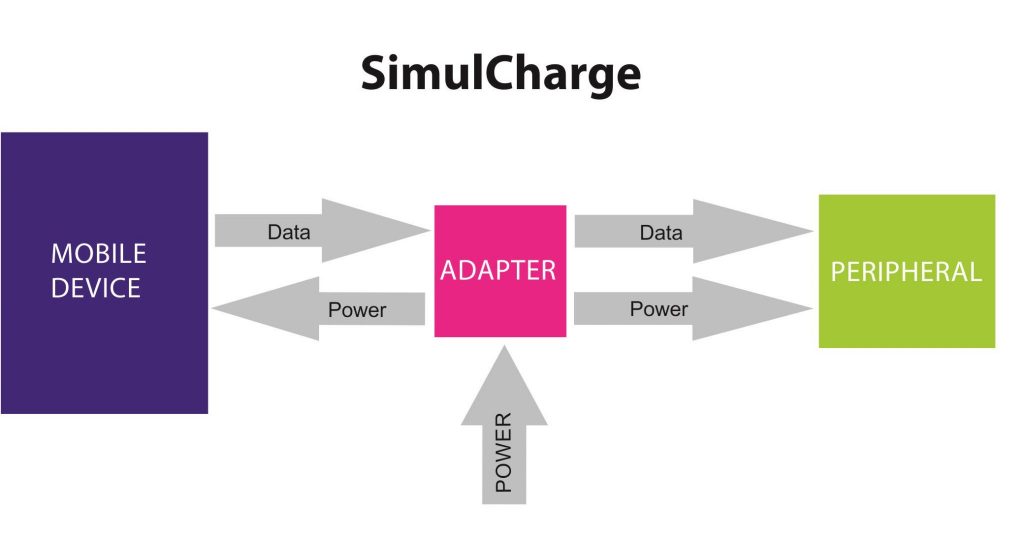OTG vs SimulCharge
3 Min Read
17 May, 2021
SimulCharge vs OTG – what’s the difference?
As LAVA’s technical sales engineer, I frequently answer questions from customers about mobile devices and their specifications – usually regarding tablets. One such recurring question is: “Does OTG support indicate SimulCharge capability?” The short answer is: No, a mobile device’s OTG capability does not indicate if the device is capable of supporting SimulCharge mode. So, what is SimulCharge vs OTG? In order to explore this in more depth, there are a few concepts that should be made clear.
Who’s the boss?
The first concept is that of the USB Host or Master. When two devices communicate via USB connection, a hierarchical relationship is established between them. This is referred to as either the host/target or master/slave relationship. A USB Host or Master is the entity that initiates all communication between two USB devices. As the naming convention suggests, the Target or Slave is not allowed to “speak” until spoken with. In practical terms, this means that the Host can see everything on the Target device while the Target remains blind to that of its Host. (Think of how a computer can see everything on a plugged in tablet but not vice versa.)
Who holds the power?
The second concept that should be touched on is that of the Power Provider or Power Source. As the name suggests, this is the device that is providing power to the other unit(s). All power flows from one device to other devices in the connection. An important distinction between power sources and USB Hosts: the power source doesn’t need to be the Host since power provision and data are completely separate from one another. That said, most of the time the USB Host tends to be the Power Source as well.
What is OTG, anyway?
Now that we’ve clarified some concepts, let’s dive into OTG. USB OTG or On-The-Go is a specification that allows mobile devices, such as tablets, to act as a host while other peripherals are attached. This particular mode handles the host/target relationship between all USB-connected devices, with one crucial addition: it denotes who the Power Provider will be. OTG states that when a mobile device is connected to a peripheral, the mobile device shall become both the USB Host and Power Source to the peripheral. Therefore, in OTG mode, your device both powers and controls the peripheral. In most consumer scenarios this mode is sufficient. However, in commercial applications, where you need continuous access to peripherals while they receive power, you need SimulCharge.

So what is SimulCharge then?
Developed by LAVA in 2014, SimulCharge™ technology allows mobile devices to operate in Host mode while simultaneously receiving charge. The adapter becomes the Power Source, both for the mobile device and the peripherals. At the same time, it acts as a pass through or hub for data between the device and USB peripherals. This includes a wired Ethernet connection!

SimulCharge vs OTG – The Major Difference
As the diagrams show, the major difference between OTG mode and SimulCharge mode is who the Power Provider is. OTG mode expressly states that the mobile device must be both Host and Power Source. As such, a device cannot be in OTG mode while it receives external power. Therefore, the fact that most (if not all) mobile devices are capable of OTG mode does not reflect whether they can function in SimulCharge mode. It is unknown if the device can remain a USB Host while being a Power Sink or power receiver.
The only way to truly know if a device supports SimulCharge mode is to test it. This is why LAVA offers free testing of mobile devices to customers. Send us your smartphone or tablet to determine if your unit has the required support.
